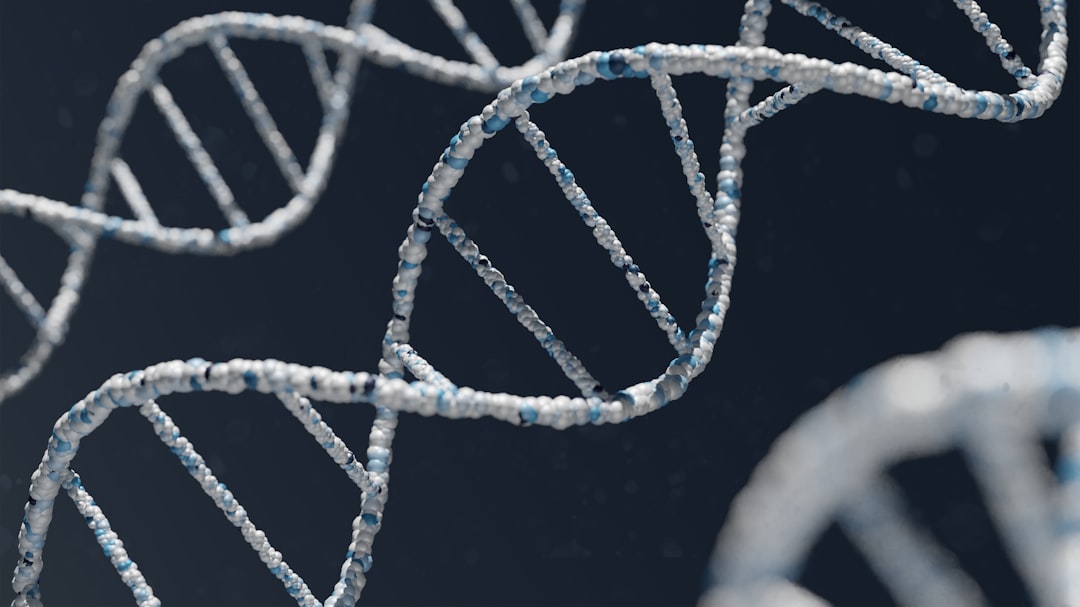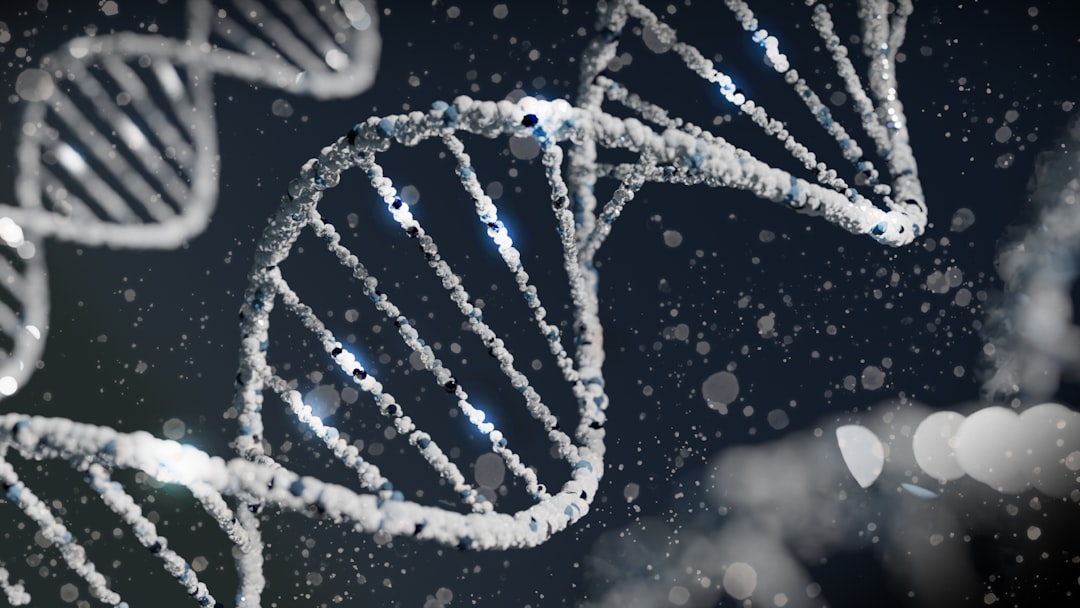What is it about?
When cytotoxic T lymphocytes (CTLs) have to eliminate cancer cells, they need to migrate to reach the tumor, find their target antigen and perform the killing. Some of these steps can be altered by genetic diseases. Here, we used a microfluidic device to challenge nearly 100 three-dimensional tumor models with CTLs. We show that a mutation of the adenomatous polyposis coli (APC) gene in CTLs can alter their ability to kill cancer cells. By tracking single CTLs while they are attacking the tumors, we find that the APC mutation only alters the ability of CTLs to properly engage with their target, which explains their impaired cytotoxic activity.
Featured Image

Photo by National Cancer Institute on Unsplash
Why is it important?
The microfluidic system used in this study gave us access to trajectories of individual CTLs and we could relate their migratory behavior to the death of cancer cells. This level of resolution, along with the large amounts of data, allowed the quantitative comparison of cytotoxic cell efficiency of even closely related cell types and gave insights into the limiting steps of the killing process in the context of a specific disease model. Importantly, this device can be directly translated to the culture of human cells (e.g. patient derived organoids) and therefore this cancer-on-a-chip platform can provide a scalable and cost-effective method to address questions on the development and evaluation of adoptive cell therapies.
Perspectives
I really enjoyed working on this project that illustrates the importance of multidisciplinary science. The collaborative work of immunologists and bioengineers lead to the improvement and development of technological and analytical tools that can be useful for future research on anti-tumor cell therapies.
Valentin Bonnet
Institut Pasteur
Read the Original
This page is a summary of: Cancer-on-a-chip model shows that the adenomatous polyposis coli mutation impairs T cell engagement and killing of cancer spheroids, Proceedings of the National Academy of Sciences, March 2024, Proceedings of the National Academy of Sciences,
DOI: 10.1073/pnas.2316500121.
You can read the full text:
Contributors
The following have contributed to this page










